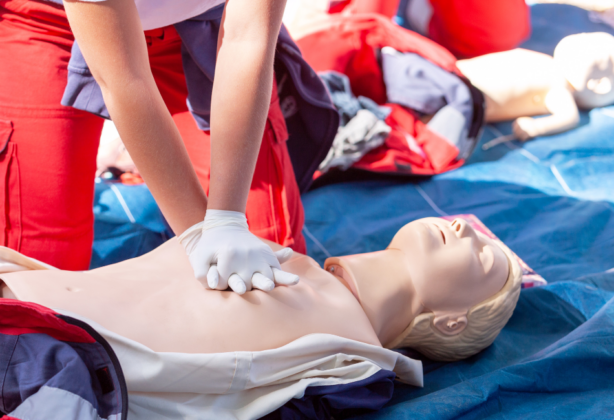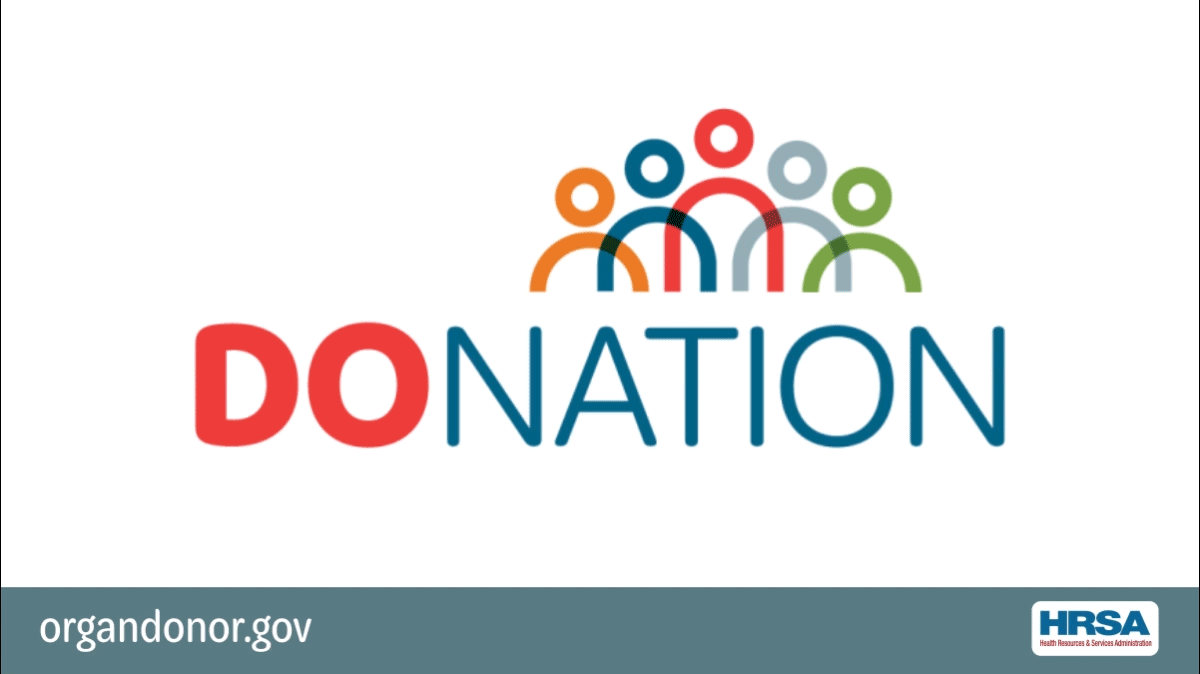Ensuring patients have a clear understanding of the benefits and burdens of CPR will help them make an informed decision about their wishes. However, this conversation does not always take place. This conversation with a healthcare provider is needed due to the widespread misconception of what CPR can and can’t do. The provider is able to assess the patient’s understanding of what they think CPR is, how it works and more importantly how their specific health situation may or may not be impacted by CPR.
National Public Radio recently published an article titled “For many, a ‘natural death’ may be preferable to enduring CPR” where they highlighted the “numbers” around CPR. It addresses not only survivability but also the quality of life for those older individuals with chronic illness who do survive CPR. Given that so few people have conversations with their providers about end of life, it falls to providers to initiate the conversation, “especially for those patients who are elderly or have chronic medical problems so that their wishes are known in advance if they suffer a cardiac arrest.” Below are the “Numbers” which may be helpful as you consider having code status conversations with your patients.
- 1878- Discovery of circulating blood during cardiac arrest reported from experiments on cats
- 1959- CPR application first applied to humans
- 1970- CPR education developed for the public and it becomes the default treatment for cardiac arrest
- 70% of people on TV survive CPR based on 2015 research study
- 75% is what surrogate decisions makers believe to be the survival rate of CPR
- 2017 a paper by bioethicists address the feelings people have about withholding CPR feeling like it’s the “equivalent to refusing to extend a rope to someone drowning.”
- 7.6% is the survival rate from out of hospital cardiac arrest according to a paper where 79 studies were reviewed.
- 10% survival for bystander-initiated CPR.
- 17% survival after CPR was done for in-hospital cardiac arrest.
- 2.4% survival after CPR for those in their 90s
- <2% for patients with cancer, heart, lung or liver disease resuscitated with CPR and survived for six months.
- 50% of people who survived wish they hadn’t received CPR even though they lived.
- 20-40% of older patients that survived CPR were able to function independently.
- 30% of survivors of in-hospital cardiac arrest will have significant neurologic disability.
- 2% of survivors over 85 escape significant brain damage.
- 60% of providers experienced moral distress from futile resuscitations and was associated with burnout.
- 65% of ER nurses experienced flashback memories related to CPR administration.
- Many doctors are not fond of CPR and choose not to receive it themselves.
- 50% of patients changed their wishes when they learned the true survival rates of CPR or after watching a video depicting the reality of CPR
- 92% of Americans believe it’s important to discuss end of life care yet only 32% have done so.




